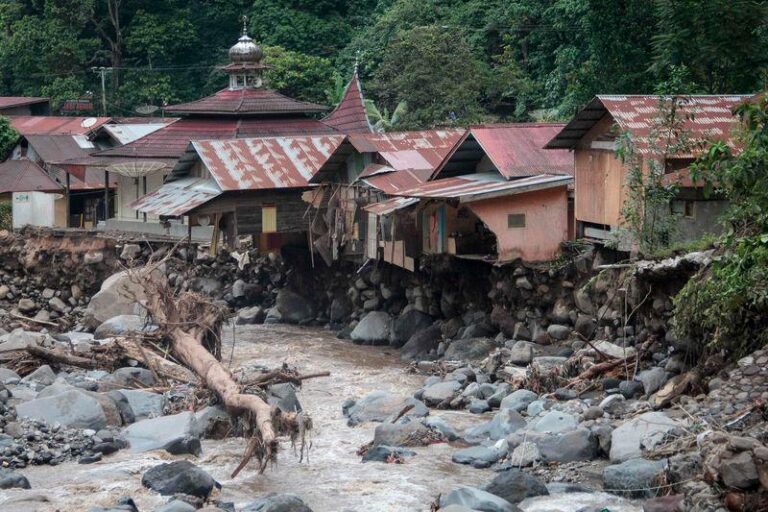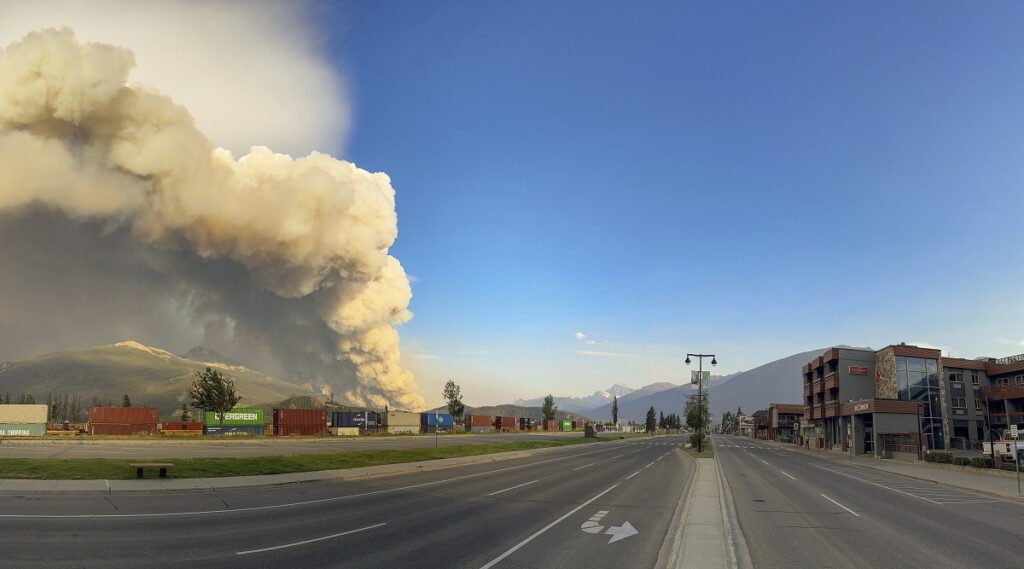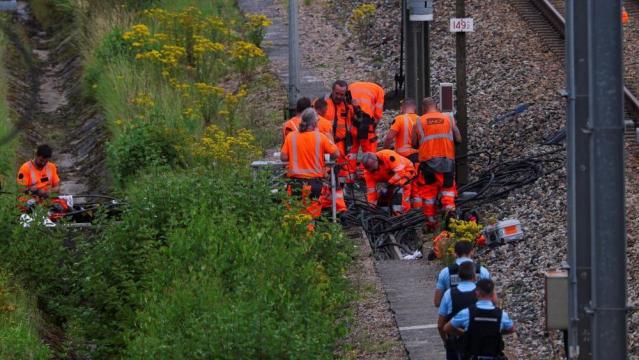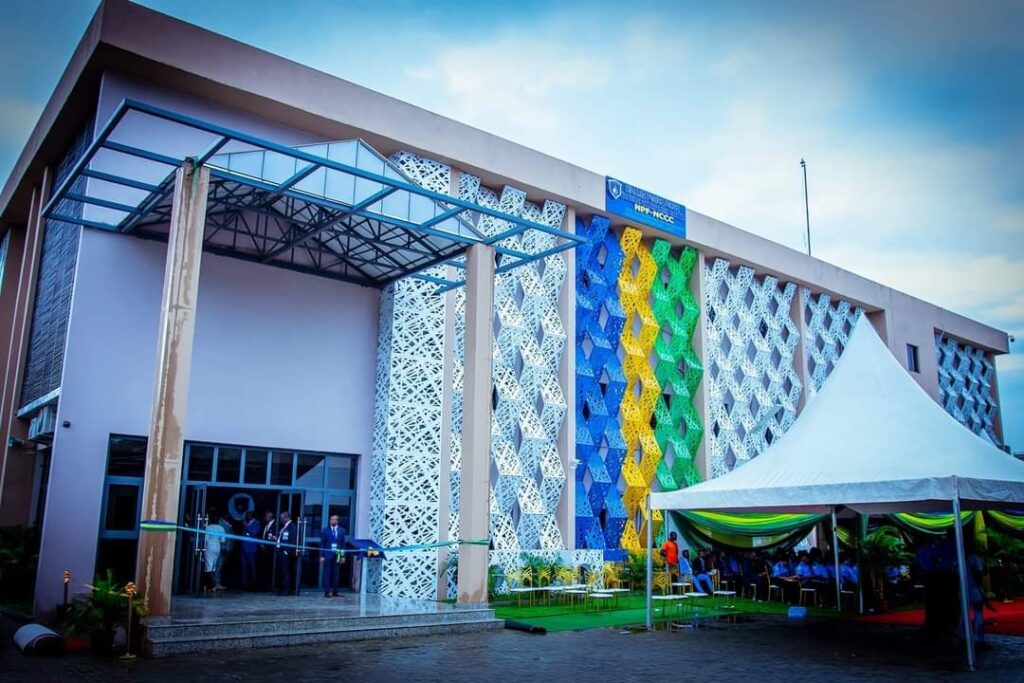Rescuers in Indonesia intensified efforts on Tuesday to recover more bodies following devastating flash floods and cold lava flow on Sumatra island over the weekend, which claimed the lives of at least 50 people and left 27 others missing, according to the country’s disaster agency.
Heavy rain triggered large volcanic rocks to cascade down one of Indonesia’s most active volcanoes, Marapi, into six districts on Sumatra island on Saturday evening, while flooding submerged roads, homes, and mosques.
Clean-up operations commenced as workers tackled damaged buildings while rescuers employed various methods, including thermal drones, excavators, and manual searches, to locate survivors amidst the debris and swollen rivers.
National Disaster Mitigation Agency (BNPB) chief Suharyanto, addressing reporters on Tuesday, informed that heavy equipment had been mobilized for emergency response, with plans to ensure affected communities are well served in shelters.
“For the emergency response, heavy equipment has moved to clean up the disaster areas. And after this, we will go to shelters to ensure affected communities are served well,” National Disaster Mitigation Agency (BNPB) chief Suharyanto told reporters Tuesday.
The death toll rose from 44 to 50, while 27 people remained missing and 37 were injured. Over 3,300 individuals have evacuated from the affected areas.
With authorities cautioning that the death toll could climb further, the urgency of the search heightened, as rescuers had a critical “golden time” of six days to find survivors, according to Suharyanto.
Residents described the thundering noise they witnessed late Saturday when large volcanic rocks bowled down from Marapi and their fear as terrifying rains inundated their neighbourhoods.
“Now, [we are] very traumatised. Me and my family are afraid to stay there again. I feel like renting somewhere else,” said Refki Amelia, a 39-year-old mother-of-three in Agam who survived but lost her mother and niece.
Efforts to access the worst-hit areas were hampered by severed road access, prompting aid deliveries via air and land routes, including emergency bridges.
The deployment of weather modification technology was announced to aid rescue efforts, scheduled to begin operations on Wednesday. This technology aims to prevent rainfall in disaster-affected regions.
“Efforts were made so the these rain clouds would not fall at the location of the disaster,” meteorological agency chief Dwikorita Karnawati told reporters.
Indonesia, prone to landslides and floods during the rainy season, grapples with recurring natural disasters exacerbated by deforestation, according to environmental campaigners.
Marapi’s recent eruption in December claimed the lives of at least 24 climbers, underscoring the volatile nature of the region’s geological landscape.



























